Introduction to Fabric Materials
When it comes to choosing the right fabric for your clothing, bedding, or underwear, the debate often boils down to bamboo vs cotton. Both are natural fibres, widely used and appreciated for their comfort and breathability — but they differ in several key aspects. From softness and moisture-wicking capabilities to environmental impact, understanding their differences helps you make an informed, sustainable choice.
Types of Bed Sheets
When it comes to selecting the perfect bed sheets, the variety of options can feel overwhelming. Among the most popular choices are bamboo and cotton sheets, each offering unique benefits for a restful night’s sleep. Bamboo sheets are celebrated for their natural moisture wicking properties, making them a top pick for hot sleepers who want to stay cool and dry. Their silky feel and incredibly soft texture add a touch of luxury to any bed.
Cotton sheets remain a classic choice, available in a range of weaves like percale and sateen, which influence their softness and breathability. For those seeking the best of both worlds, bamboo cotton sheets blend the softness and moisture wicking of bamboo with the familiar comfort of cotton, resulting in a breathable and comfortable sleeping surface.
Another popular choice is modal fabric, a type of bamboo fabric known for its incredibly soft and silky feel. Whether you prefer the smoothness of bamboo, the timeless appeal of cotton, or the balanced comfort of bamboo and cotton blends, there’s a perfect match for every sleeper.
Understanding Bamboo Fabric
Bamboo fabric is made from the pulp of the fast-growing bamboo plant, a fast growing plant with high yield potential. Often transformed into bamboo viscose or modal, this fibre is praised for its:
- Exceptional softness — comparable to cashmere or silk.
- Breathability and moisture-wicking — ideal for hot sleepers and active individuals.
- Hypoallergenic and antibacterial properties — gentle on sensitive skin.
- Eco-friendly production — especially when processed mechanically or in a closed-loop system.
Most bamboo fabric is produced through chemical processing, which uses harsh chemicals such as sodium hydroxide and sulphuric acid to break down the bamboo and convert it into viscose or rayon fibers, resulting in a smooth, silky fabric. This chemical process is different from the mechanical method, which uses natural enzymes and is more environmentally friendly, but produces a coarser fabric.
Some variations, like bamboo linen, offer a coarser texture but retain the same sustainable roots.

Understanding Cotton Fabric
Cotton is a familiar favourite. Cotton plants are cultivated in warm climates, where they are grown, harvested, and processed to produce cotton fibers for fabric. Cotton is one of the most widely used natural fibers, valued for its softness, durability, and affordability. It is breathable, natural, and widely available. However, not all cotton is created equal:
- Conventional cotton requires large amounts of water and pesticides. Cotton plants need more water to grow compared to bamboo.
- Organic cotton offers a cleaner alternative, using fewer chemicals and preserving soil health.
- Cotton is known for durability, but it tends to shrink and lose shape over time.
- It is also less efficient than bamboo when it comes to moisture management.
Classic cotton is a traditional, affordable, and easy-to-maintain bedding material, making it ideal for households seeking practicality and simplicity.

Bamboo and Cotton Sheets Comparison
Let’s compare bamboo vs cotton sheets, a common use case for both fabrics:
|
Feature |
Bamboo Sheets |
Cotton Sheets |
|---|---|---|
|
Softness |
Ultra-soft and silky feel |
Soft, but varies by thread count |
|
Breathability |
High – ideal for hot climates |
Moderate to high |
|
Moisture-wicking |
Excellent – stays dry longer |
Moderate – absorbs but retains sweat |
|
Durability |
Wrinkle-resistant, softer over time |
Strong, but may shrink or fade |
|
Eco-friendliness |
Superior – low impact |
Lower if not organic |
Both bamboo and cotton sheets absorb moisture, but they differ in how quickly they dry and how much moisture they retain. Cotton sheets are available in a range of weaves like percale and sateen. The weave determines the texture, durability, and performance of the sheets—percale offers a crisp, cool feel, while sateen is smoother and more lustrous. Cotton sheets are generally more absorbent, which helps with moisture management and can enhance comfort during sleep.
Bamboo Cotton Blends
Blending bamboo and cotton fibres creates a hybrid material that offers:
- Balanced softness and breathability
- Enhanced moisture-wicking
- Improved durability and structure
- A cost-effective eco-friendly alternative
Bamboo and cotton fibers are first spun into yarns, then woven together to create blended fabrics with unique properties, combining the natural softness of bamboo with the strength of cotton.
Bamboo cotton blends are often used in everyday clothing, activewear, and bedding for those seeking comfort with a lower environmental footprint.
Organic Cotton Options
For eco conscious shoppers, organic cotton is an excellent alternative to conventional cotton. Grown without harsh chemicals or pesticides, organic cotton is a sustainable choice that’s gentle on both the environment and your skin. Organic cotton sheets are especially suitable for those with sensitive skin, as they help reduce the risk of skin irritation and allergic reactions.
When combined with bamboo fibers, organic cotton creates a fabric that’s not only durable and breathable but also ideal for bed sheets that need to withstand regular use. Brands like Wazoodle Fabrics offer a variety of organic cotton options, such as the ProECO Stretch-FIT Organic Cotton Fleece Fabric, which is 100% free from harmful chemicals and toxins. Choosing organic cotton for your bed sheets means investing in comfort, sustainability, and peace of mind.
Bamboo Linen Alternatives
Bamboo linen is a popular choice for bed sheets thanks to its natural breathability and impressive moisture wicking properties. Its ability to keep you cool and dry makes it a favorite among those seeking luxurious softness and a silky fabric feel. However, bamboo linen can sometimes be more expensive or prone to wrinkling.
If you’re looking for alternatives, bamboo viscose sheets offer a more affordable and durable option, while still providing the same moisture wicking and soft qualities. For those who prefer a more natural approach, alternatives like hemp or flax linen deliver similar benefits, including excellent breathability and moisture management. Whether you choose bamboo linen, bamboo viscose, or another natural fiber, you’ll enjoy a comfortable, cool, and inviting bed.
Key Differences Between Bamboo and Cotton
- Sustainability: Bamboo is more eco-friendly — it grows fast, needs no pesticides, and uses less water.
- Texture: Bamboo is softer and smoother to the touch, especially when chemically processed, resulting in a silky feel. In contrast, pure cotton offers a more natural, unprocessed texture without artificial additives.
- Moisture Management: Bamboo outperforms cotton in wicking away moisture and preventing odour.
- Durability: Cotton holds up well to heat and chemicals; bamboo needs gentler care.
Absorbency and Comfort
Bamboo absorbs moisture up to 40% more efficiently than cotton, which makes it ideal for:
- Underwear
- Activewear
- Nightwear and bedding
Cotton, although breathable, is a highly absorbent fabric, which can help manage moisture but may retain sweat during night sweats. It doesn’t dry as quickly and can cling to moisture. Choosing the right absorbent bedding can help protect your mattress from moisture buildup and improve sleep quality for those who experience night sweats. For people prone to sweating or skin irritation, bamboo offers better comfort.
Durability and Longevity
- Cotton: Tolerates high heat, long washes, and heavy-duty use. However, it may fade or lose shape over time.
- Bamboo: More wrinkle-resistant and keeps its softness longer, but must be washed gently and air-dried for best results.
Both fabrics can be long-lasting if properly maintained.
Bed Sheet Considerations
Selecting the right bed sheets can make a world of difference in your sleep quality and overall comfort. When comparing bamboo and cotton sheets, it’s important to weigh several key factors to find the perfect match for your needs and lifestyle.
Comfort: Bamboo sheets are known for their incredibly soft, silky feel, making them a luxurious choice for those who value a smooth touch against their skin. Cotton sheets, on the other hand, offer a classic comfort that ranges from crisp and cool to soft and cozy, depending on the weave and thread count. If you prefer a softer, more breathable sheet, bamboo may be your go-to, while cotton provides a familiar, timeless feel.
Durability: Both bamboo and cotton sheets can be durable, but their longevity often depends on the quality of the fabric and how you care for them. Cotton sheets are generally more tolerant of frequent washing and high temperatures, making them a practical option for busy households. Bamboo sheets, while naturally strong and resistant to pilling, benefit from gentle care to maintain their luxurious softness over time.
Eco-Friendliness: For eco conscious shoppers, bamboo sheets stand out as a sustainable choice due to the fast-growing nature of bamboo and its minimal need for water and pesticides. Organic cotton sheets are also a great option, offering environmental benefits without harsh chemicals.
Personal Preferences: Consider your sleeping habits and sensitivities. If you’re a hot sleeper or prone to night sweats, bamboo sheets with their natural moisture wicking properties can help keep you cool and dry. Those with sensitive skin may also appreciate the hypoallergenic qualities of bamboo. Cotton sheets, especially those made from organic cotton, are gentle and breathable, making them suitable for a wide range of sleepers.
When choosing between bamboo and cotton sheets, think about what matters most to you—whether it’s the silky softness of bamboo, the classic comfort of cotton, long-term durability, or making an environmentally friendly choice. By considering these factors, you’ll be well on your way to finding bed sheets that deliver the perfect balance of comfort, quality, and sustainability for your bed.
Environmental Impact
Bamboo wins the sustainability battle:
- Grows without irrigation or chemicals
- Produces more oxygen and absorbs more CO₂ than trees
- Biodegradable and recyclable
Cotton (especially non-organic) requires:
- High water usage
- Pesticide-heavy farming
- Significant land resources
Switching to bamboo or organic cotton helps reduce your carbon and water footprint.
Care and Maintenance
Proper care and maintenance are key to extending the life of your bed sheets. Bamboo sheets can be machine washed and tumble dried, but it’s best to use a gentle cycle and low heat to preserve their softness and prevent damage. Cotton sheets are more tolerant of high temperatures and can be washed in hot water and tumble dried on high heat, making them easy to care for.
Always follow the care instructions provided by the manufacturer to maintain the shape retention and quality of your sheets. Regular washing and thorough drying not only keep your bed sheets fresh but also help prevent bacterial growth, ensuring a clean and healthy sleeping environment. With the right care, both bamboo and cotton sheets can provide lasting comfort and durability.
Health Benefits
The right bed sheets can make a real difference in your health and overall wellbeing. Bamboo sheets are renowned for their antimicrobial properties, which help reduce the growth of bacteria and other microorganisms, making them a great choice for a cleaner sleep environment. Cotton sheets, especially those made from organic cotton, are breathable and gentle on sensitive skin, helping to minimize irritation and promote comfort.
Both bamboo and cotton sheets can help regulate your body temperature, keeping you cool during the warmer months and cozy when it’s cold. By choosing eco friendly, natural options like bamboo or organic cotton, you’re not only supporting your health but also making a positive impact on the environment. Enjoy a restful night’s sleep with bed sheets that are as good for your skin as they are for the planet.
Cost and Value
- Bamboo fabric is usually more expensive due to the production process and limited supply.
- Cotton is cheaper and widely available, but may require replacement sooner if quality is low.
- Blends offer a middle ground in both pricing and performance.
While bamboo and cotton are popular choices, there are other options available for those seeking different price points or features.
Certifications and Labels
When shopping for bamboo or cotton fabrics, look for trusted certifications:
- OEKO-TEX®: Ensures no harmful substances are used
- GOTS (Global Organic Textile Standard): For organic cotton
- FSC® or USDA Organic: For sustainable bamboo sourcing
- These labels guarantee sustainability, quality, and consumer safety.
Bamboo vs Cotton: Making a Decision
To choose the best fabric for your needs, ask yourself:
✅ Do I value breathability and softness over durability? → Bamboo
✅ Do I want a budget-friendly and rugged material? → Cotton
✅ Is eco-friendliness a top priority? → Bamboo or Organic Cotton
✅ Do I sweat easily or have sensitive skin? → Bamboo fabric wins
- Bamboo fabrics are also ideal for outdoor activities like hiking and yoga, thanks to their moisture-wicking and breathable properties.
- Remember to consider how easy the fabric is to wash and care for, as proper laundering helps maintain quality and longevity.
Choosing the right sheets is just one part of achieving better sleep quality—pairing them with high-quality mattresses can further enhance comfort and support, as recommended by sleep experts.
Conclusion
In the bamboo vs cotton debate, there is no universal winner — only the best choice for you. Bamboo offers luxurious softness, sustainability, and superior moisture control, while cotton remains a durable, versatile classic.
Whether you’re choosing underwear, bedding, or daily wear, consider your priorities — comfort, environmental impact, and long-term value — to make the fabric choice that aligns with your lifestyle.

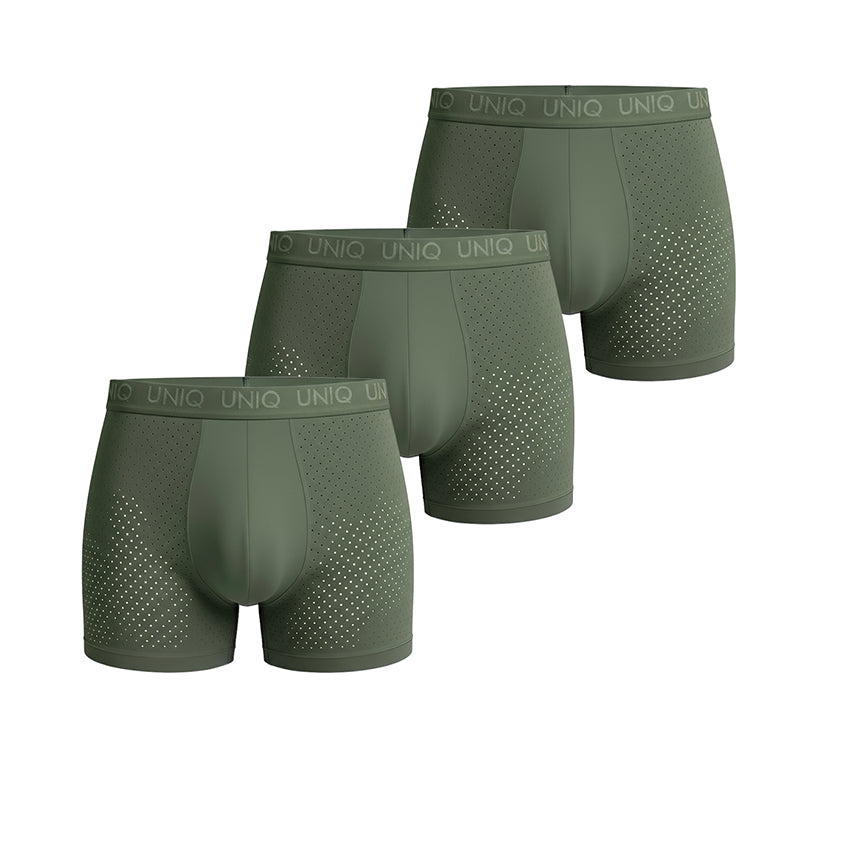
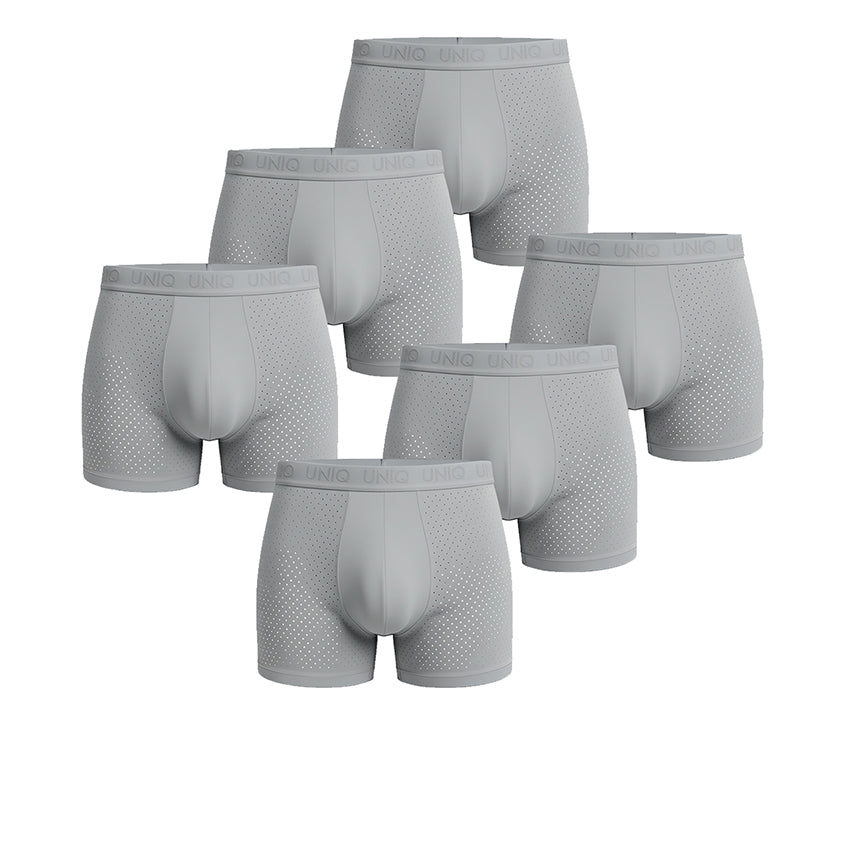
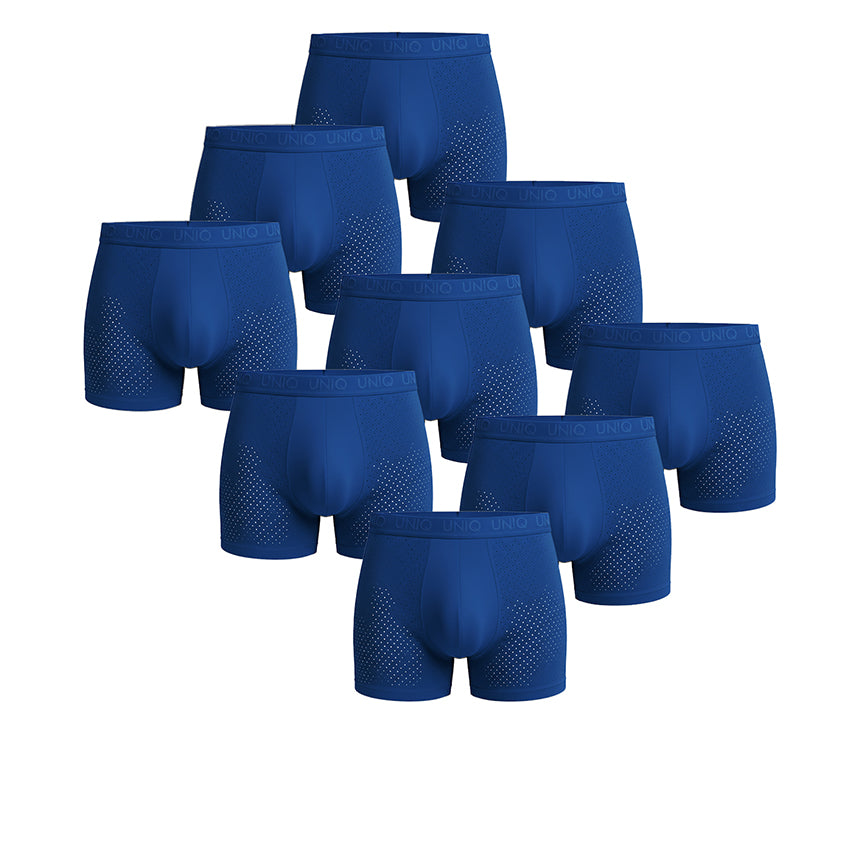



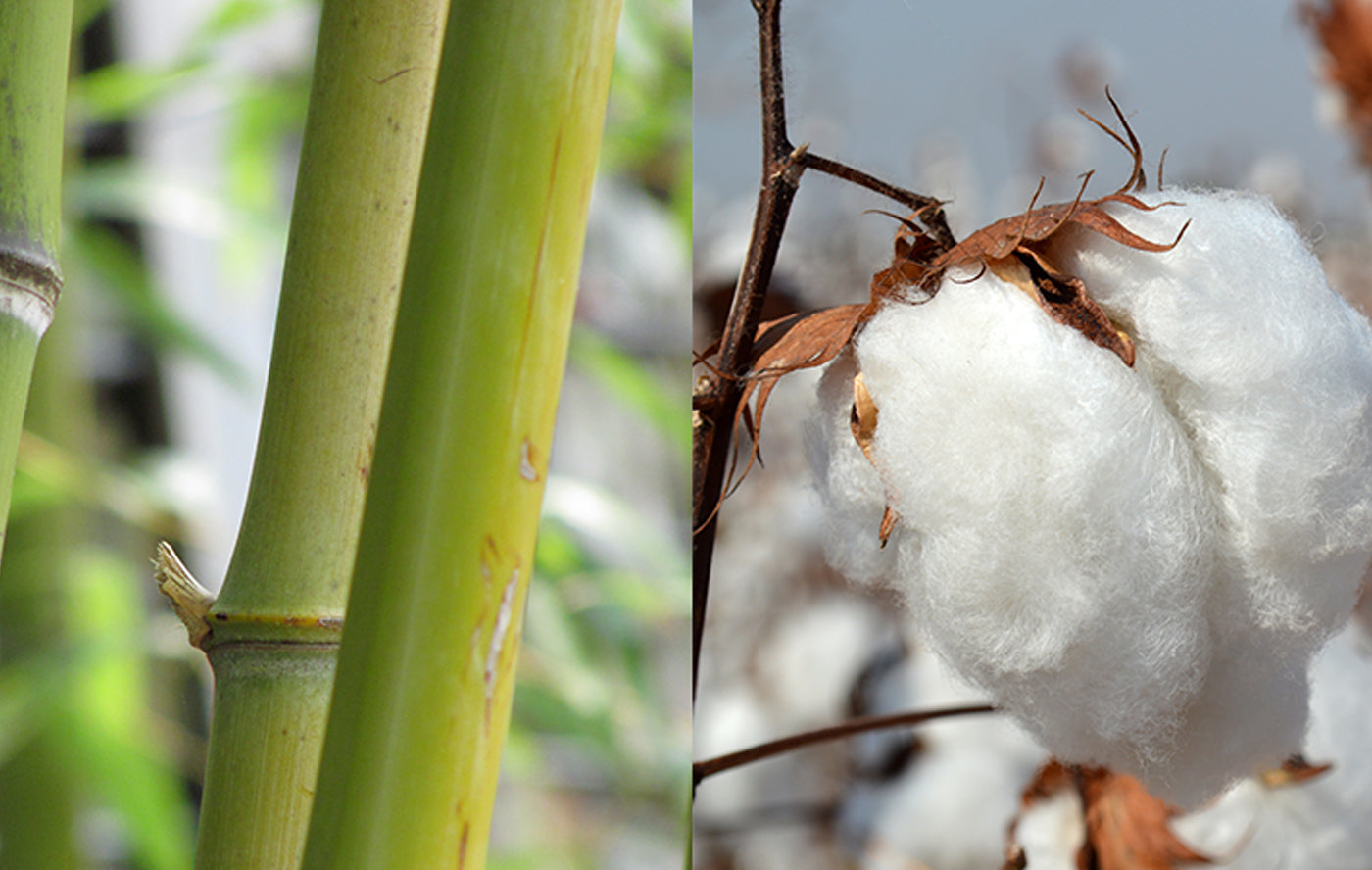
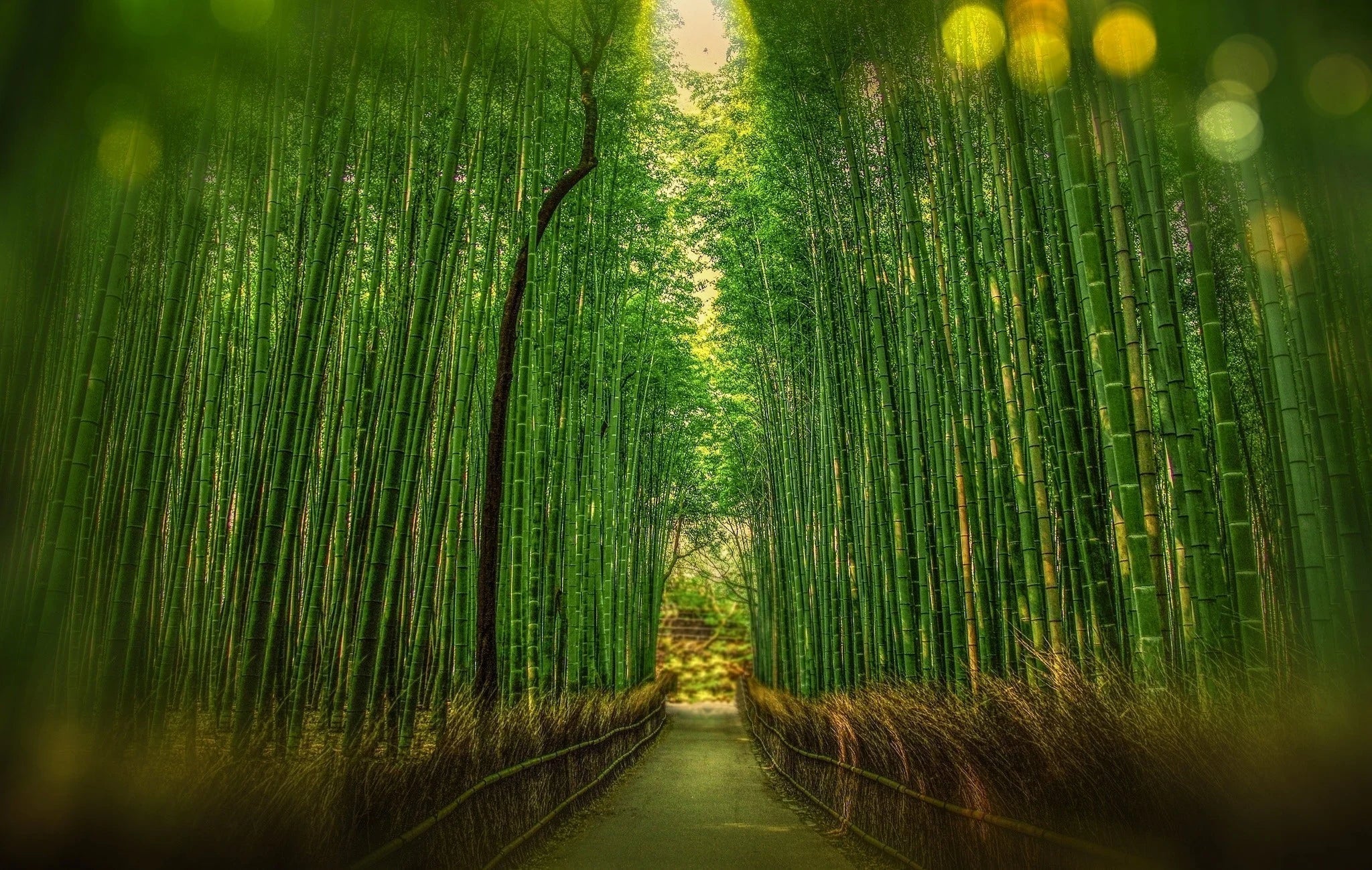
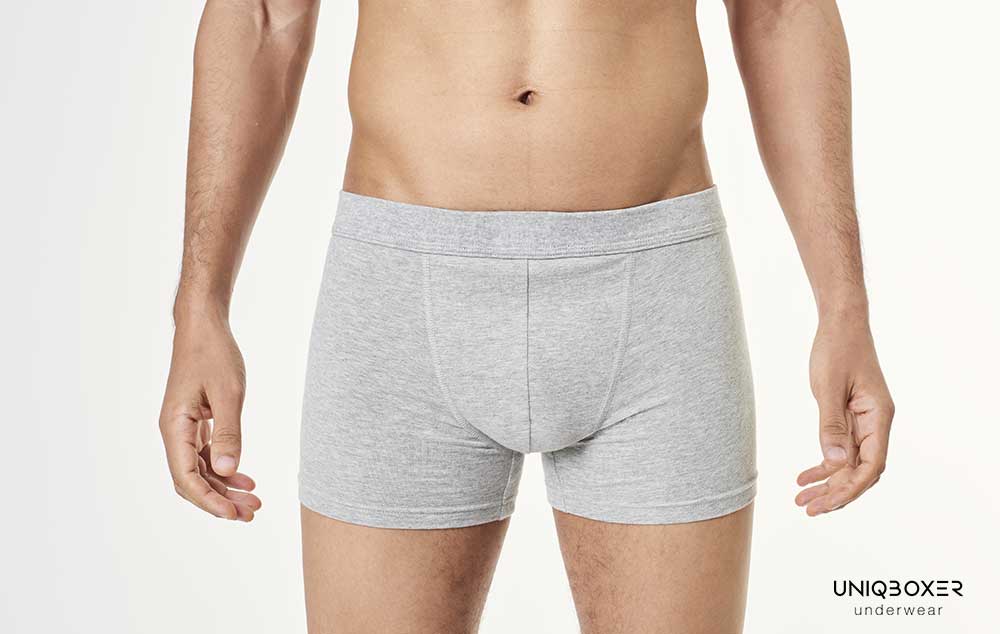
Leave a comment
This site is protected by hCaptcha and the hCaptcha Privacy Policy and Terms of Service apply.